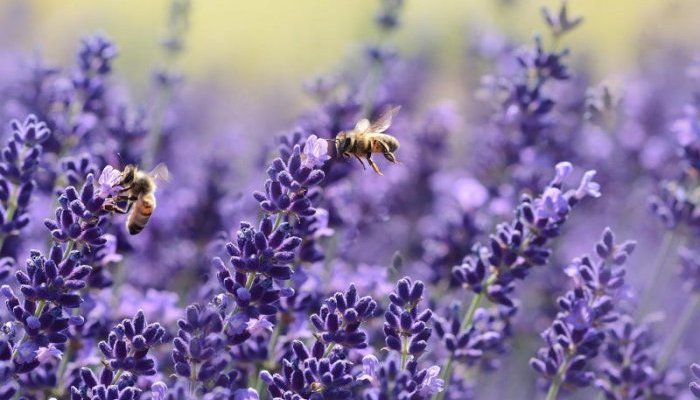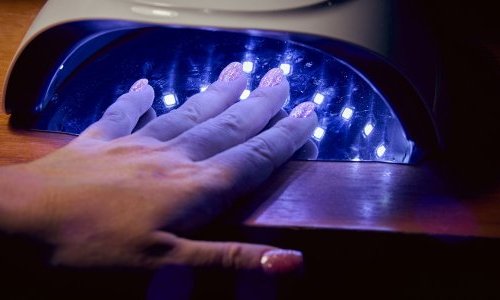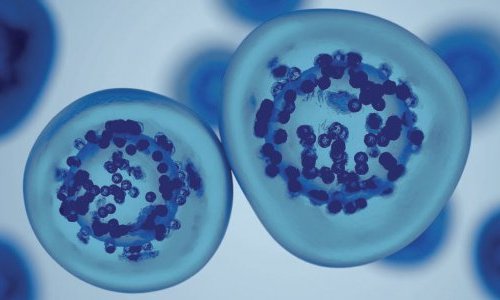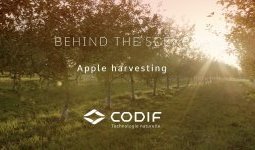When they created ScenTree, Maxime Baud and Thomas Espinasse, two young, recent ISIPCA graduates, had three objectives in mind: democratize knowledge on perfume ingredients, take the heat out of allergens, and promote the catalogue of raw material companies. To sum it all up, they offer educational material intended for independent perfumers and marketing services eager for communication data on ingredients and willing to take the heat out of this issue.
A digital, interactive raw material bible
Maxime and Thomas got the idea of setting up their own classification during their raw material olfactory sessions. To meet this challenge, they drew inspiration from Lifemap, a classification designed by Damien de Vienne, of Lyon University, France. Lifemap classifies all living organisms on Earth in the form of a tree along which you can “move”, a bit like with a map.
So far, two perfume ingredient classifications had been available: Champ des Odeurs, by Jean-Noël Jaubert (1983), and a more functional one by The Good Scents Company.
As soon as they had got an agreement signed with Lifemap’s creator, the two entrepreneurs applied his model to perfumery.
Today, ScenTree lists 460 raw materials, two thirds of which are synthetic, the rest being composed of natural raw materials and a few bases. The two founders aim to classify at least 1,000 raw materials - a perfumer’s palette contains about 1,500.
Basically, ScenTree looks like a tree, where each semi-circle represents an olfactory family and includes a descriptor (there are 16 large olfactory families). Zooming on them unveils details about every ingredient, and there is also a search bar providing direct access to ingredients. However, although everyone agrees on the olfactory descriptors, their hierarchy remains subjective – olfaction itself is subjective.
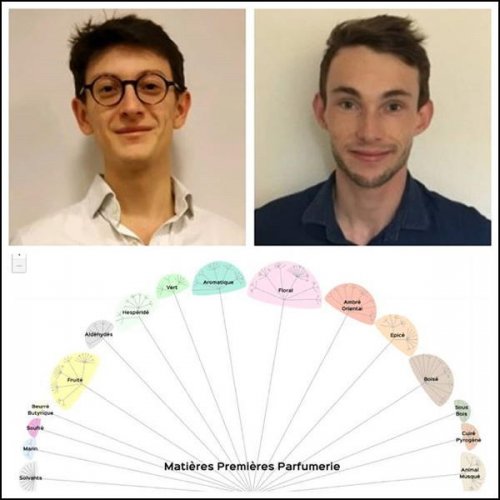
Thomas Espinasse and Maxime Baud, co-founders of ScenTree
All this patient research work was based on reference books, but especially on experts’, perfumers’ and evaluators’ feedback, in order to check the relevance of the information. Cinquième Sens, a partner of the young company, provides a room in their co-working area to host olfactory sessions.
A commercial model-to-be
Six months after creating ScenTree, the two young entrepreneurs have set up a real structure: their association has become a company. But for it to last, a two-level, self-financing programme was implemented with sponsors, but also partners.
As regards sponsors, the idea is to integrate the logo of the sponsoring supplier which markets the ingredient to the ingredient’s ID card. The logo can be interactive and provide access to a complementary presentation drafted by the company. In addition, the sheet will display the ingredient’s trade name used by the partner company as well as the Minimum Order Quantities (MOQ).
As far as partners are concerned, the company aims to offer raw material companies and schools the possibility to provide more general communication material. To this aim, ScenTree will use social media, like Instagram and LinkedIn. Apart from this objective, ScenTree will publish a newsletter every other week including the latest updates on the website, cultural information on the perfume world, and information on the sponsors.
At the end of the day, ScenTree is aimed to become the not-to-be-missed digital reference in terms of perfume ingredient classification, after Ernest Guenther’s renowned The Essential Oils, first published in 1948.

